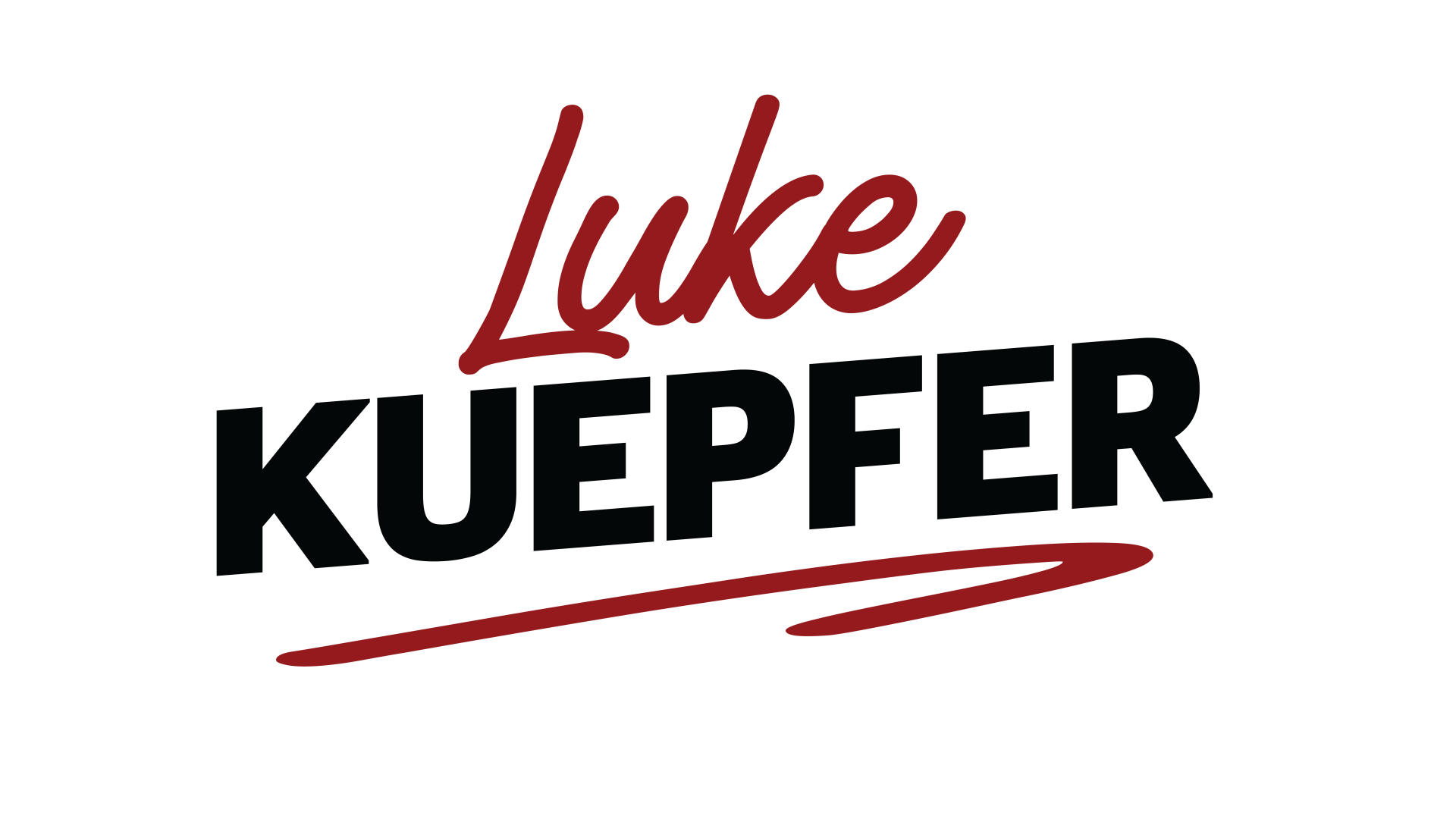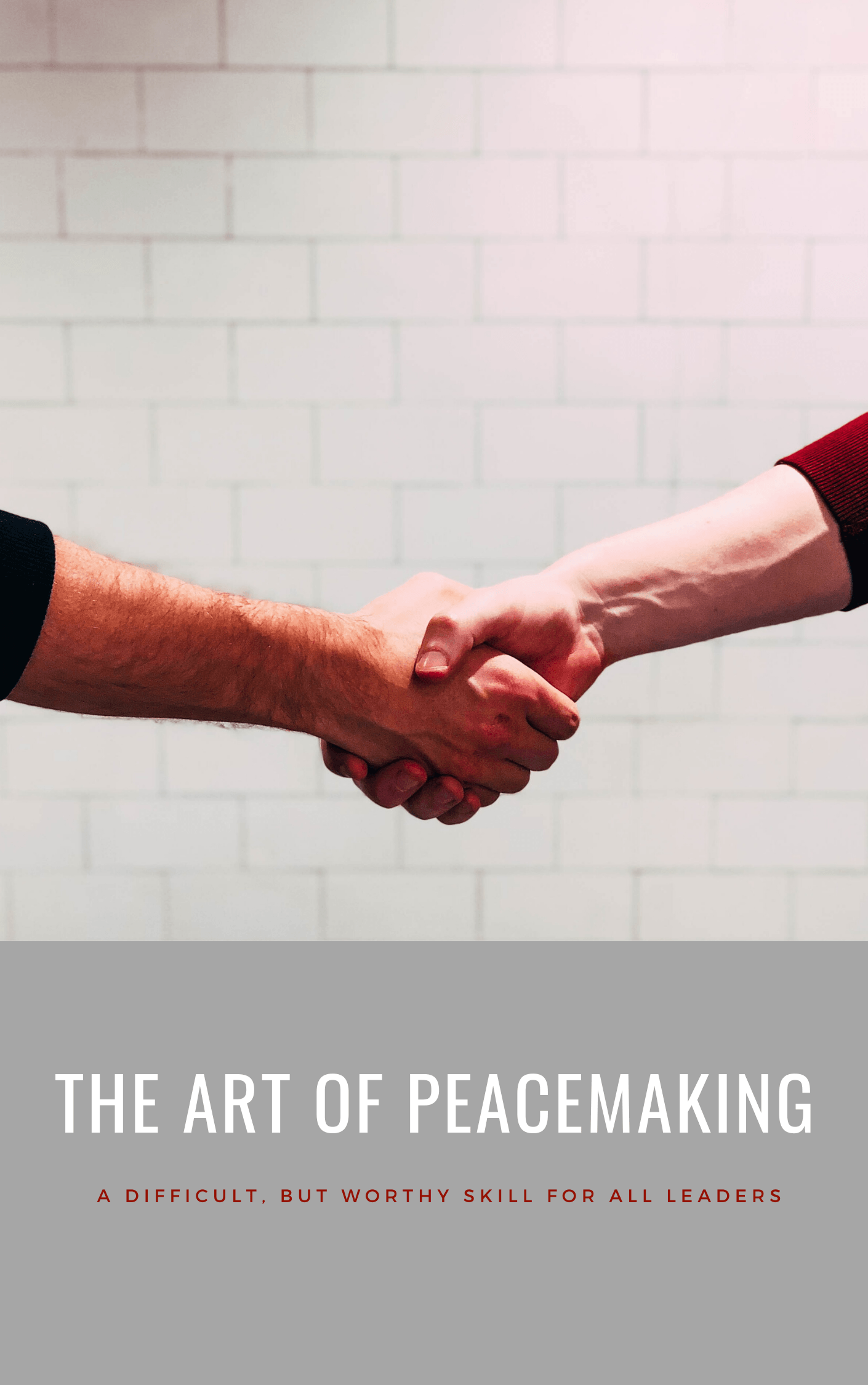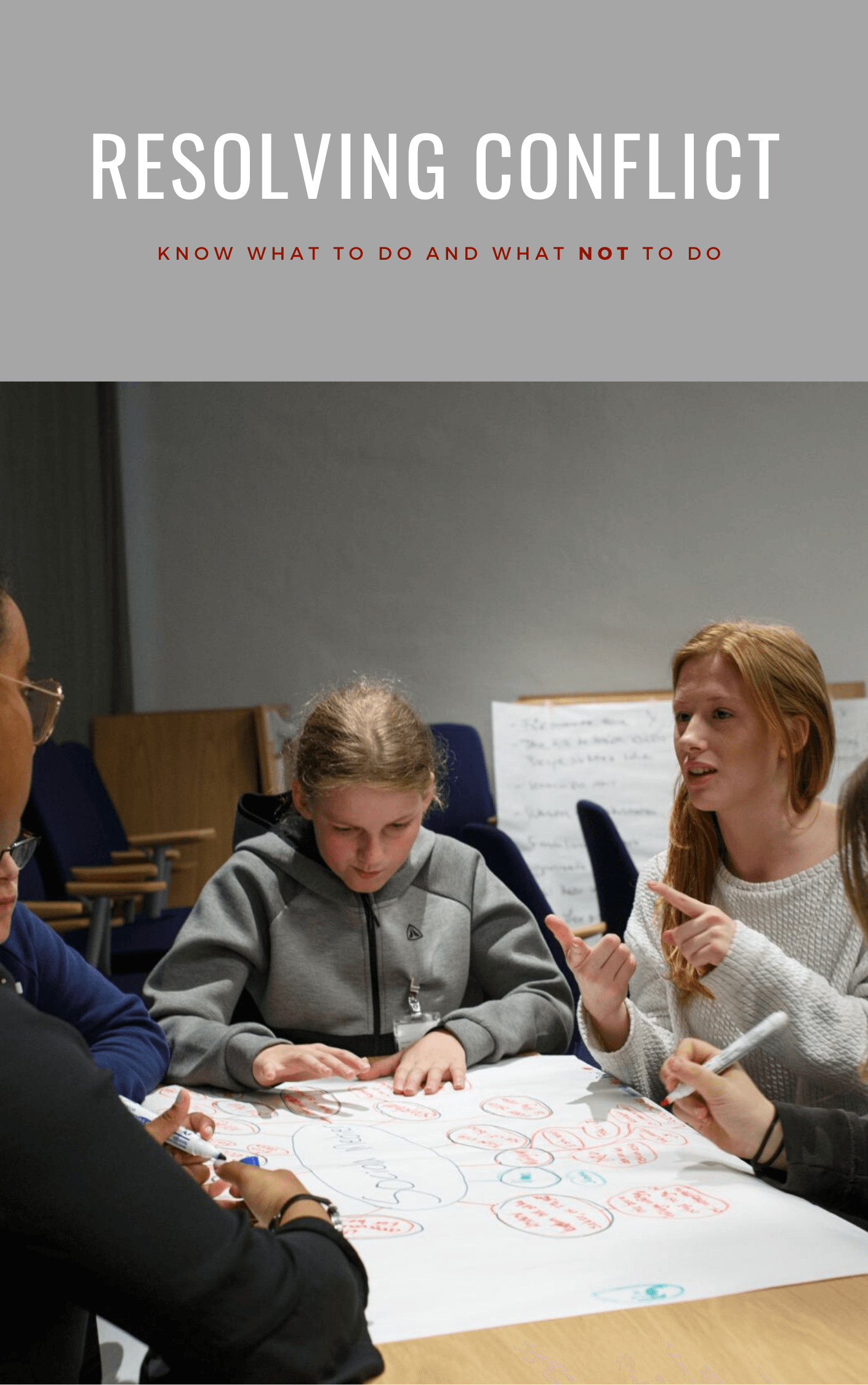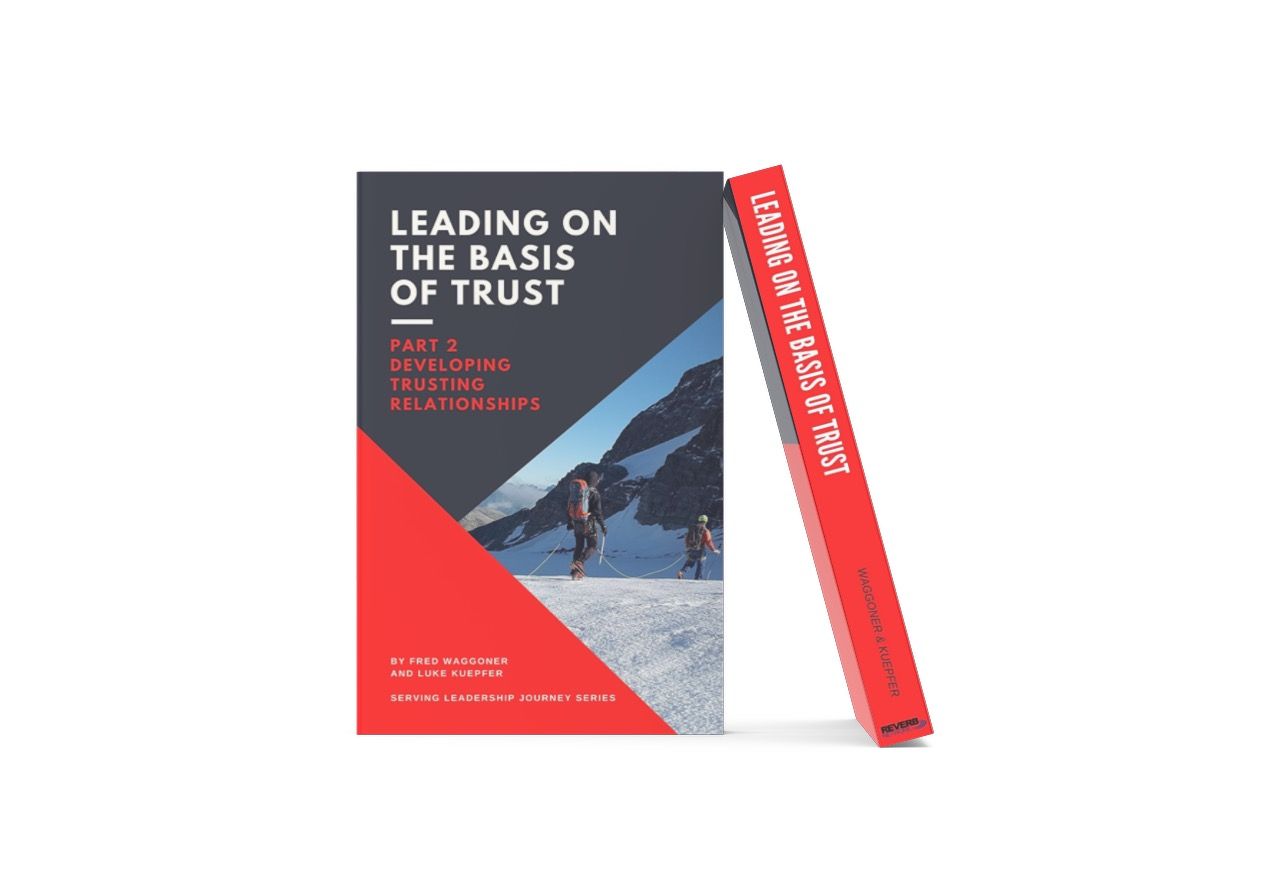How Your Customers can be HEARD
Perhaps the greatest skill for any customer service rep to develop is that of listening. Learn how to listen—to really listen. When a customer has an issue, they should be the one doing most of the talking. The only “interruption” on your side should be questions—nothing more than sincerely asking the customer to explain his problem in detail, without any judgment.
Use the HEARD technique:
H: Hear–Let your customer know they are being heard. Be patient, and don’t cut them off.
E: Empathize–Having empathy in business pays off in all relationships—practice understanding and compassion when listening to your customer’s grievances.
A: Apologize–Even if you were not at fault, after empathizing with the customer, you should be able to sincerely apologize—if for nothing else—for them being inconvenienced. Nobody likes being inconvenienced; you should understand that.
R: Resolve–Come to some sort of common ground with the customer. Ask how you can help. Find a way to make things right, whether this means you give them a discount on future purchases or a free product.
D: Diagnose–After the issue has been resolved and both parties are amicable, get to the bottom of the issue. Who or what really caused this to happen? This way, both you and the customer benefit from new information that can prevent it from happening again in the future.















